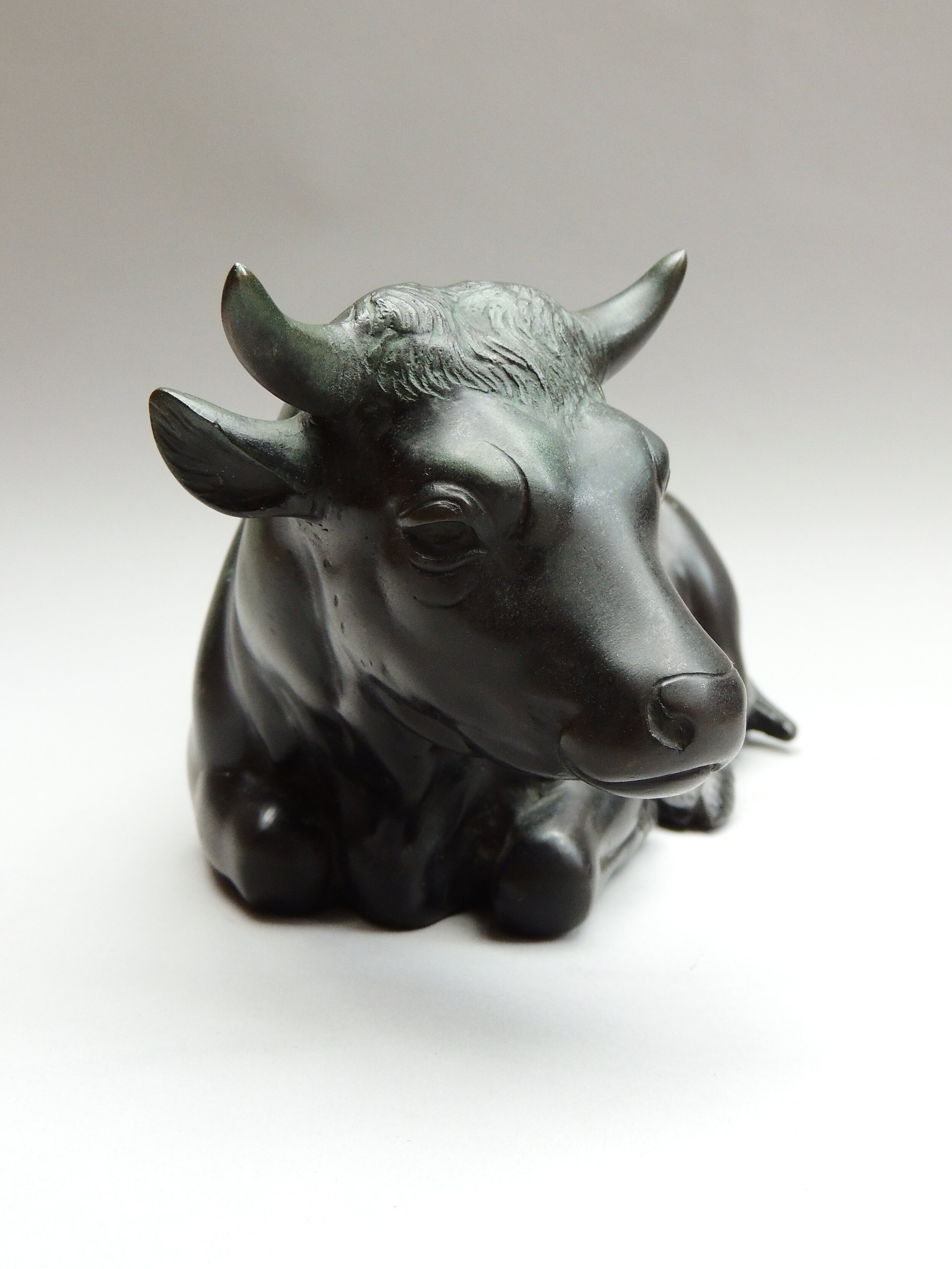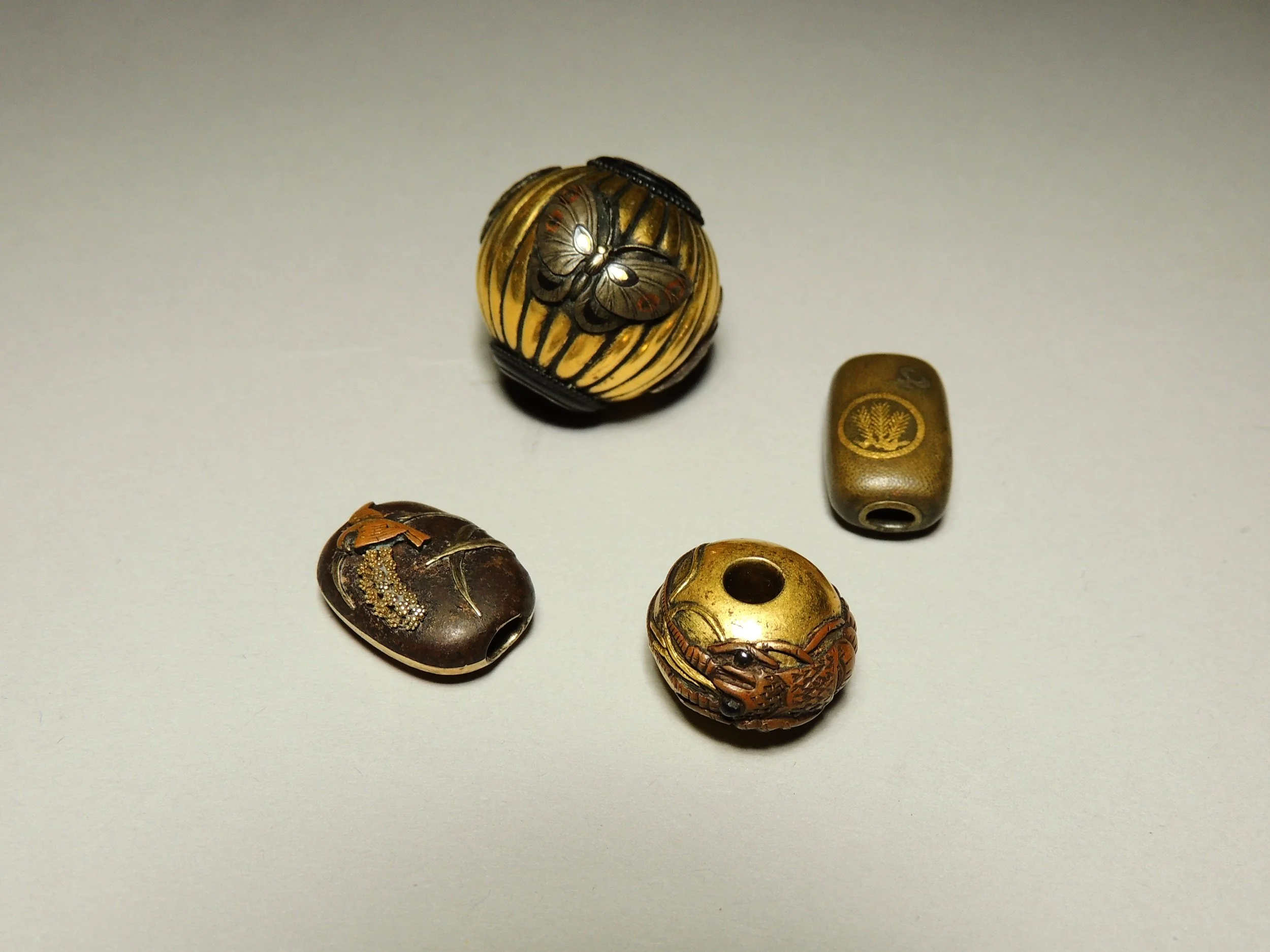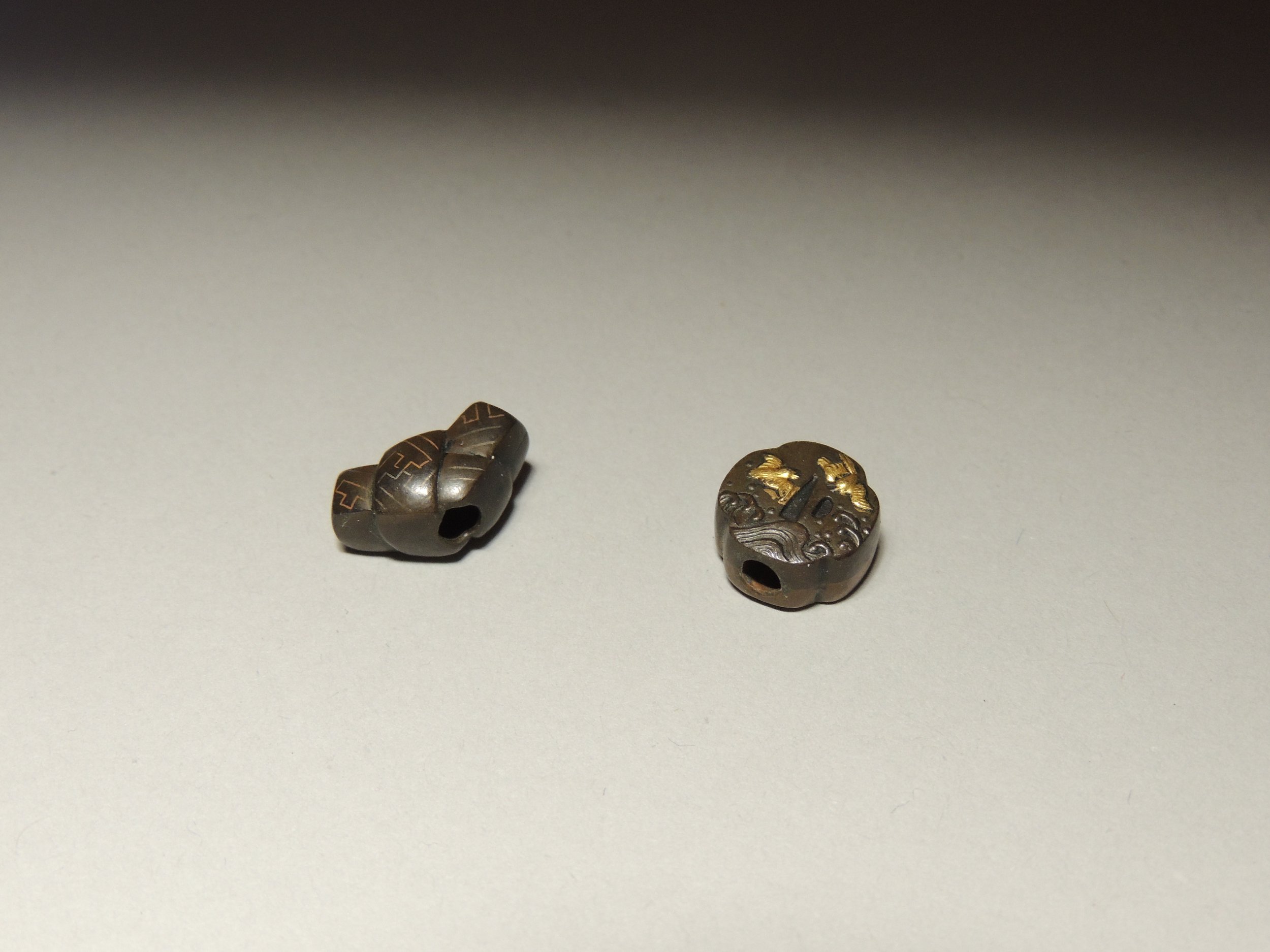Anonymous
Meiji/ Taisho period, 19/20th century
1890-1926
Bonbonniere
This small but beautifully crafted silver bonbonniere would have been given as a gift from the emperor to his guests at certain events. There are many variations of the bonbonnieres given over the years starting with the first given in 1889. They were often made by the emperor’s master craftsmen mostly in silver but also cloisonné and lacquer.
It is not known when the emperor first began giving bonbonnieres as gifts. Often when receiving guests for coffee or tea he would give bonbonnieres as gifts in person. Only three major events in the Meiji period were held until 1891 when it was decided to stress the dignity of the imperial household to the world with more regular ceremonies. They were the Meiji accession to the throne in 1868, the birth of the Crown Prince in 1879, and the ceremony of instituting the Crown Prince in 1889. It seems different bonbonnieres were given at these events though it is difficult to know which exact ones were given.



















